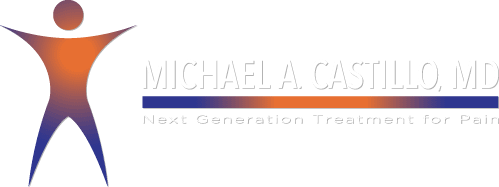Myofascial Pain What to Know
myofascial pain trigger points Skeletal muscles primarily function our way of moving by attaching to other muscles and joints. When those muscles get knotted up, like when you sleep on your neck wrong, or have a back spasm, trigger points develop causing the muscle to shorten and become dysfunctional. Myofasical trigger points prevent normal muscle function, not allowing the muscle to contract or relax as it should. These highly sensitive trigger points in the muscle can cause sensory, motor, and autonomic symptoms. When myofascial trigger points are not treated early, they can cause stress in the dysfunctional muscle fibers and…

